Winter may be the coziest season of them all but that doesn’t mean the cold and snow are all fun and games. In fact, if you’ve ever pulled a hat off your heat, you’ve likely heard the static and seen your hair stands start to snap. It’s unnerving to say the least.
As we head into the winter months, it’s essential that you keep your natural hair hydrated and protected against the weather. Here’s what you should know.
Why is Winter So Bad for Natural Hair?
Winter provides the perfect mix of poor conditions to negatively impact your hair. Between the harsh cold air and blustering wind, the moisture is easily sucked out of your hair as soon as you go outside. This means your hair will tangle the moment you step out the front door, and you’ll spend a ridiculous amount of time trying to detangle it without breakage (which can be tough).
Next, when you enter a building (whether it’s your house, an office, a store, etc.), you’re met with heated air. While the contrast may feel good at the moment, the hot air acts like a blow dryer and provides a whole bunch of head damage. From frizz to breakage and split ends, your hair is experiencing shock because of the extreme temperature change.
Then, as if these two weather-related changes weren’t bad enough, the clothing items you use to keep warm during the winter (hats, scarves, sweaters, etc.) are made from materials that snag on your hair and constantly break strands.
No matter what you do, you’re met with the impossible fact that your hair will most likely sustain some breakage this winter. However, there are some actions you can take to ensure your hair remains as protected as possible. Just because your hair will be
What Types of Hydration Products Should You Use on Your Hair?
- Co-Wash: Give shampoos a rest and try co-washing or a cleansing conditioner. This will help combat dryness before you encounter it!
-
Example: Creamy Curly Co-Wash
- Deep Conditioner: If you don’t already deep condition once a week, it’s time to add this to your routine. This product helps to address dry hair, and you can amplify this product’s effects with heat or steam.
- Leave-in Conditioner: This product provides extra moisture to the hair, protects it from damage, and helps detangle the strands. Regardless of your natural hair type, your hair can benefit from the use of a leave-in conditioner, and they’re awesome during the winter when dry, damaged, and frizzy hair is often more prevalent!
How Do You Protect My Hair Against Winter Weather?
Are you looking for some of the top tips to help change your routine in the winter? We’ve collected our top eight winter styling tips for natural hair below. Start integrating them into your routine as soon as possible, so your hair won’t dry out even as the weather begins to change.
1. Use protective styles
Protective styles are one of the best ways to guard your hair against breakage when the weather becomes more extreme. Now, that doesn’t mean you have to put your hair in braids in November and leave them there until March. You should never put your hair in a protective style with the intention of “forgetting” about it.
Protective styles help your hair retain more moisture than if you wore your hair out. However, your hair will eventually dry out even in a protective style. You’ll need a minimal level of maintenance like applying a light moisturizer or lightweight oil to your roots every couple of days to keep them moisturized.
Protective hairstyles should replace “wash and go” hairstyles during this time because that’s how you end up with dry and brittle hair. Overall, protective hairstyles limit the manipulation of your hair by tucking ends and strands safely out of the way of wind and cold air, which thus prevents breakage.
Check out more about protective styling here: Why You Should Wear Protective Styles.
2. Double up on nutrients
Did you know that what you eat impacts your hair’s health? During the wintertime, hydrate your body to hydrate your hair. Drink lots of water and eat tons of protein, nutrients, and vitamins. This will keep your hair healthy and strong. Here are some of the best foods to consume for healthy hair.
- Protein: Nuts, chicken, turkey, fish, eggs, beans
- Iron: Spinach, lentils, broccoli
- Vitamin C: Oranges, blueberries, broccoli, papaya, strawberries, sweet potatoes
- Omega-3: Fish, avocado, pumpkin seeds, walnuts
- Vitamin E: cashews, walnuts, and almonds
And once again, drink lots of water! The very best way to keep your hair hydrated and moisturized is by providing water directly to your body.
3. Try steam on your hair
Steam is warm, air-borne water particles that easily penetrate and hydrate your hair strands. Steam therapy is ideal in the winter when your hair has been dried out from the weather. We recommend taking a warm shower and allowing your hair to be exposed to the steam generated from the warm water. Just make sure you don’t leave the house with wet hair because then the dry air will have the opposite effect!
4. Utilize an anti-humectant
An anti-humectant is an oil or butter that seals moisture into your hair and protects your hair from losing moisture in the dry winter air. We recommend using an anti-humectant after you waste or moisture your hair. Here are some of our favorite anti-humectants that you can start integrating into your hair routine.
5. Cut off split ends
Your ends are extra vulnerable in the wintertime. We recommend getting a trim as you head into this season as starting new and fresh can allow you to keep your hair healthy. Remember, because your hair grows from the root, your ends are the oldest part of your hair. Split ends develop rapidly when damage occurs. “Damage” could be any of the following:
- Physical manipulation (i.e., styling, brushing, detangling, handling, touching, etc.)
- Heat (i.e., styling tools)
- Friction (i.e., hat, scarves, sweaters, pillowcases, towels, etc.)
- Environment (i.e., wind, cold, heat, sun, dry climates, humid climates, etc.)
- Internal factors (i.e., your diet, water, overall health, etc.)
Split ends are bad because once the hair strand splits at the end, the damage will only progress up the hair shaft. In fact, if you have split ends at the beginning of winter, the odds are high that you’ll incur damage and have more and more breakage. This means more of your hair will experience breakage and shedding, and overall, your hair may look frizzy, scraggly, or unhealthy.
You may be attached to the length of your hair, but it’s far better to get a small trim when you see a couple of split ends than to allow the damage to continue. If you don’t catch the split ends early, then you could go from having split ends to split mids. When you finally do get your hair cut, you’ll have to cut off even more to get rid of the damage.
6. Be wary of knitted hats or scarves
As noted above, some winter wear items are the culprits for all the hair breakage during the wintertime. If you love the look of knitted scarfs and hats, but you don’t want to sacrifice your hair, then don’t you worry. There is a solution. All you need is a thin silk cap between your hair and hat to protect it from friction.
7. Stay away from heat and drying chemicals
Now of all times is when you should steer clear of heat and drying chemicals. You may love your flat iron or blow dryer during the spring or summertime, but this isn’t the season for it. These tools take the moisture out of your hair, which is a process that’s already accelerated by the wind and dry air outside. Stick with protective hairstyles during this season, so you don’t contribute to any breakage.
You can also help your hair during this time by checking the ingredient list. Too many hair products (even those advertised for natural hair) contain ingredients that strip oils and moisture out of your hair. During the winter season, your hair simply cannot afford to lose its natural oil. So, take the time to check the ingredient list before you wash, condition, moisturize, or style your hair.
Some ingredients you’ll want to steer clear of include:
- Benzene
- Diethanolamine (DEA) Triethanolamine (TEA)
- Formaldehyde
- Fragrance
- Isopropyl Alcohol
- Methylisothiazolinone
- Mineral Oil or Petroleum
- Parabens
- Phthalates
- Retinol
- Retinyl Palmitate
- Sulfates
- Synthetic Colors
- Toluene
- Triclosan
8. Deep condition, deep condition, deep condition
Deep conditioners are so incredibly useful during the winter months. They aim to penetrate every strand with moisture and nutrients. Just be sure to stick to deep conditioners with all-natural ingredients to ensure it’s healthy for your natural hair and offering the protection it should be.
Need a great deep conditioner? Try out the Green Apple & Aloe Nutrition Apple Cider Deep Conditioner.
Final Thoughts
Are you looking to boost your natural hair care regimen as we head into the winter months? Check out Taliah Waajid for amazing products and tips! Our Black Friday sale can help you save big on some of the best products for your hair. Visit here to learn more.
WRITE FOR US
Think you've got a fresh perspective that will challenge our readers to engage and educate themselves on how to attain a healthier self, hair and skin included? We're always looking for authors who can deliver quality articles and blog posts. Thousands of men and women will read your work, and you will level up in the process.
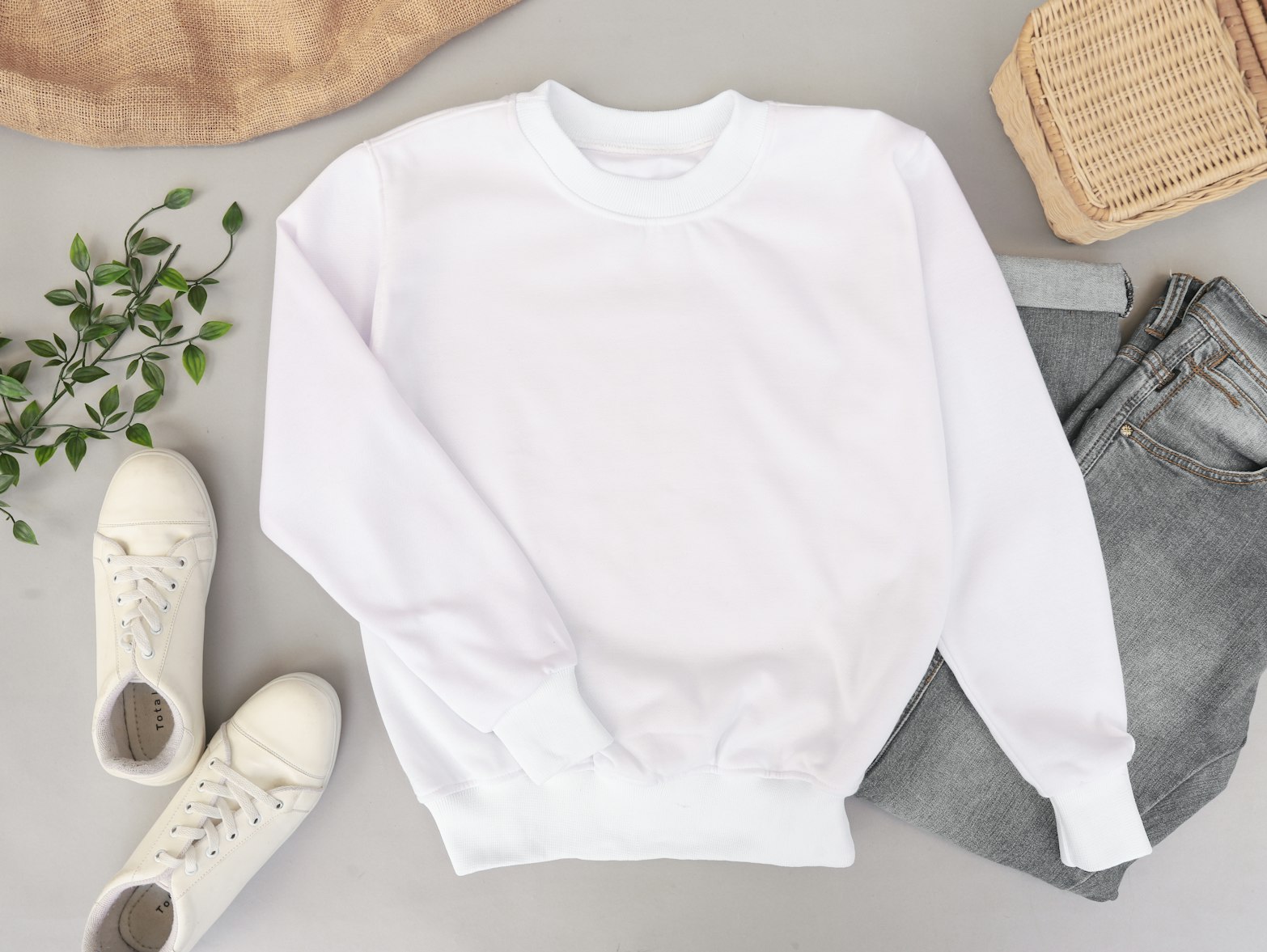
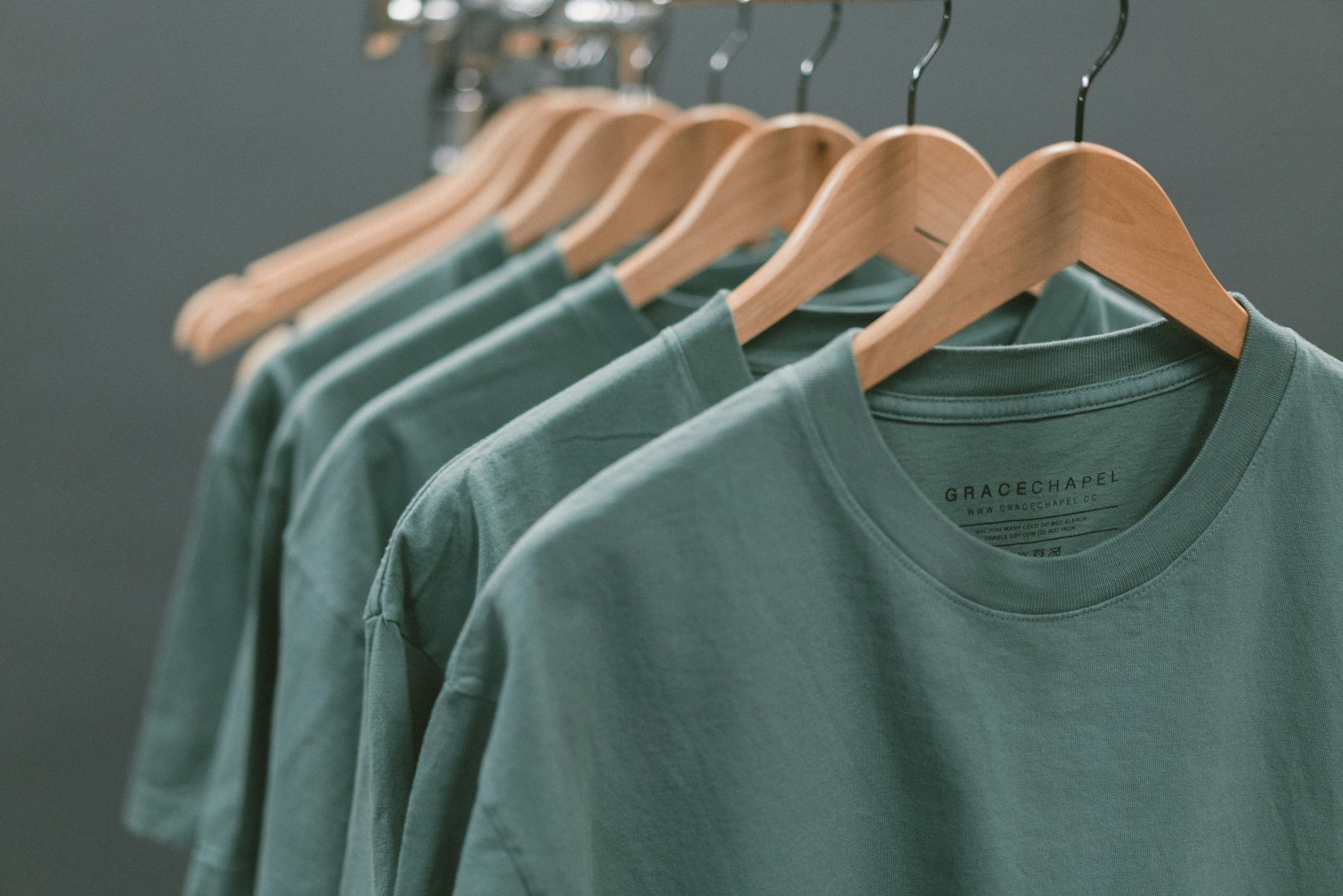
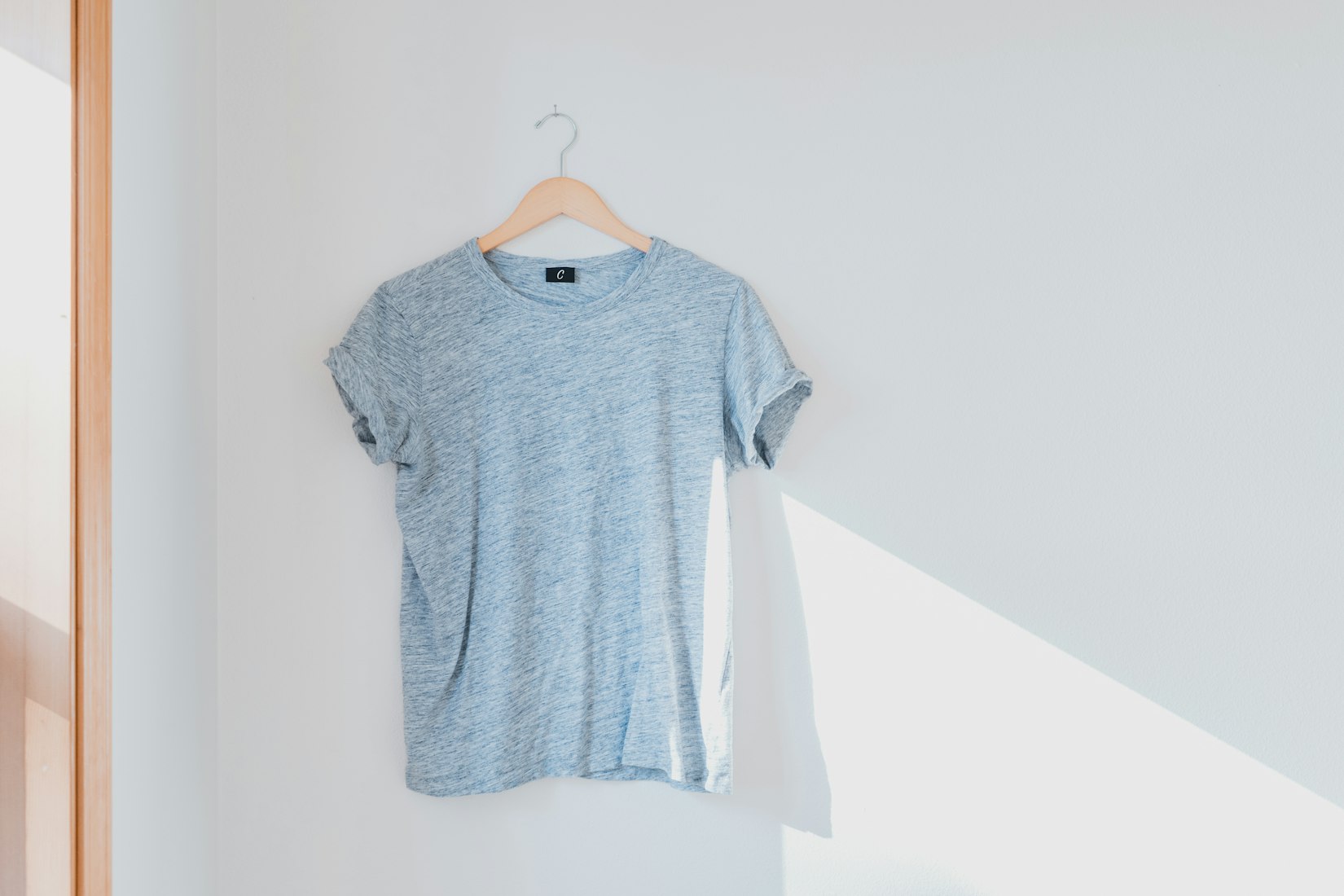
 English
English Arab
Arab
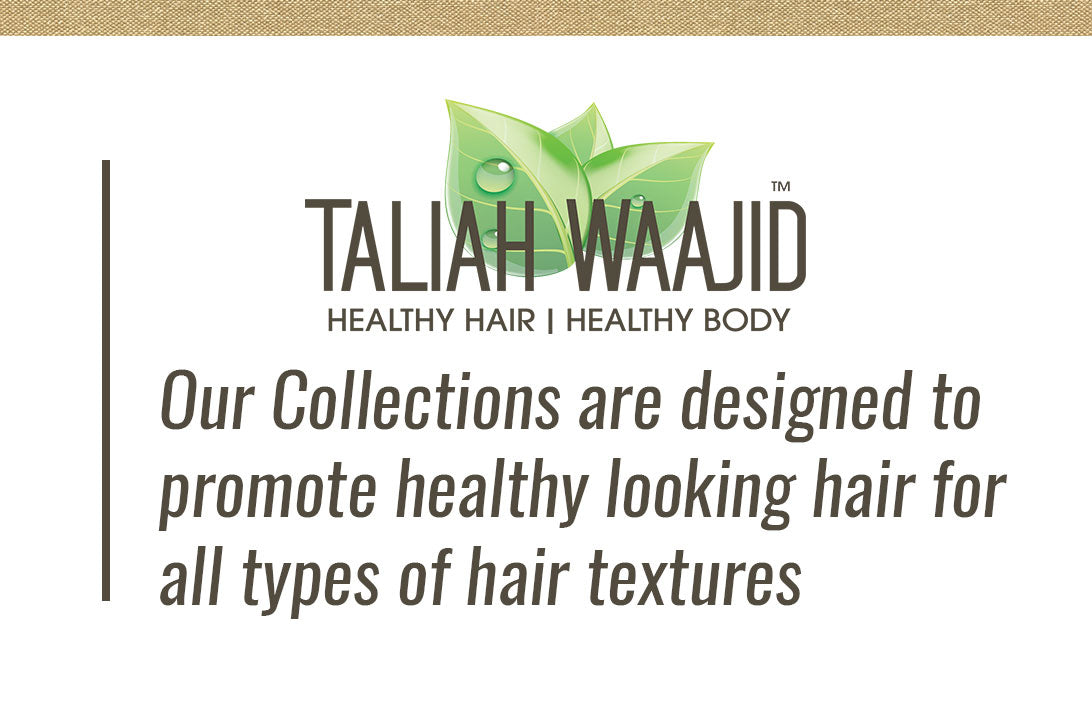
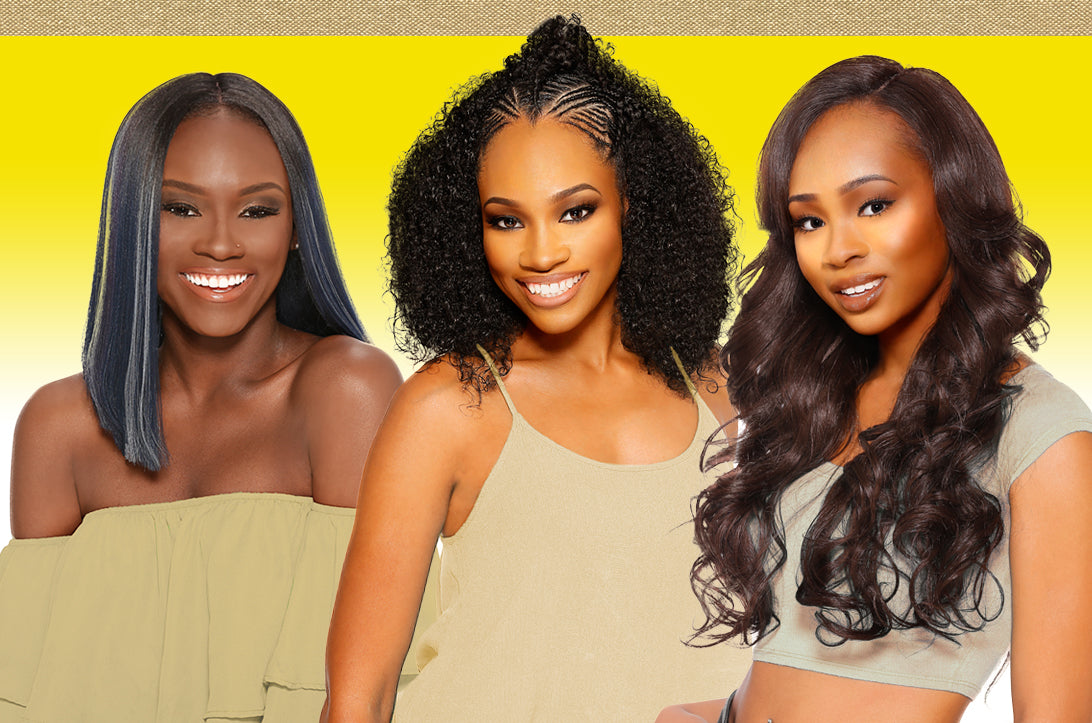






Hi Ethel,
So glad you were able to use the information about keeping your natural hair hydrated in the winter. We appreciate your feedback!
Does this product work on seniors? It is natural for some seniors to experience thinning of the hair. But can this product help to make hair healthier. Especially Grey hair which is very resistant it seems. Recommendations?
Very good information.